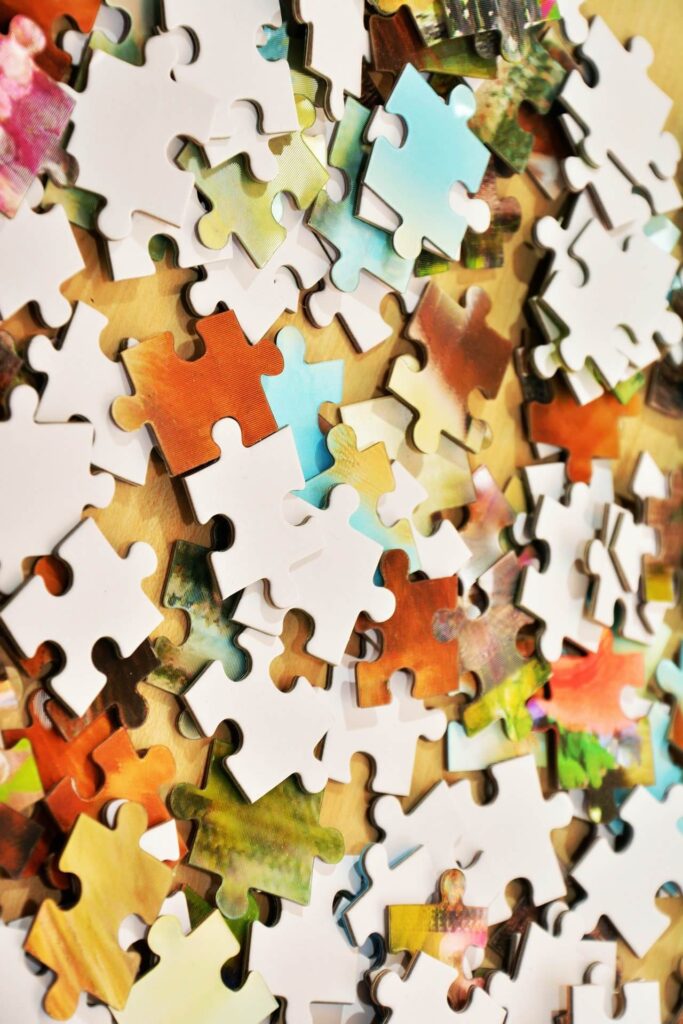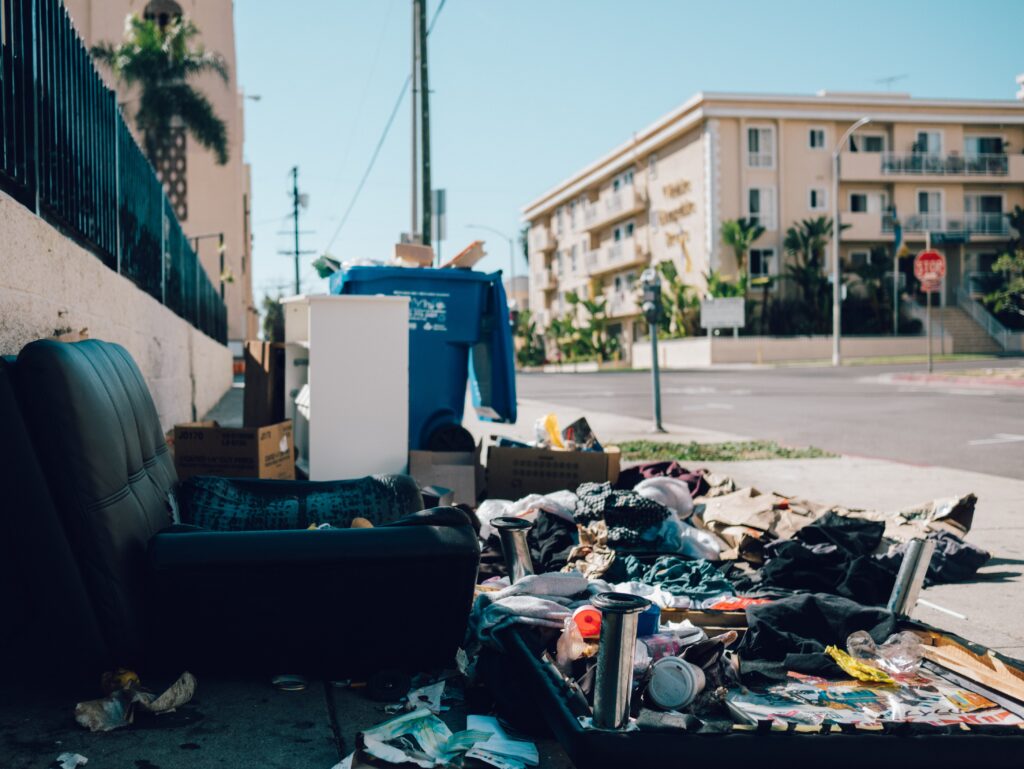Hoarding Disorder
What Is Hoarding Disorder?
Hoarding disorder is a new concept in the most recent edition of the clinician’s diagnostic manual, with hoarding categorized previously as a subtype of obsessive-compulsive disorder (OCD).
Let’s point out at this point that although individuals with OCD may be susceptible to engaging in hoarding as a compulsion, most times when individuals have HD, it is not associated with OCD.
There are three critical features associated with hoarding disorder, including
- Significant difficulty getting rid of possessions, irrespective of the value attached to them. Despite the problem of getting rid of belongings often exhibited, people with this condition also show strong urges to save or to acquire new items that are often non-essential. A typical way to define non-essentials is as items that are broken or limited in value.
- Living space gets overly compromised with extreme clutter, preventing it from being used for its intended purpose.
- Significant impairment in occupational, social, and several other essential functioning areas as evidenced by:
- Financial problems
- Impaired physical health
- Compromised employment
- Social isolation
- Family stress
- Emotional distress

What Is Squalor?
Squalor is a term used to describe an unsanitary living environment that arises from extreme neglect. This condition poses substantial health and safety risk to the people living in a particular environment.
Experts recommend that such living conditions might often lead to certain negative feelings like frustration and severe isolation; hence, leading to significant risks to the health and safety of those involved.
Let’s state here that while the two conditions highlighted in this article can often happen together, there are still cases where they exist in isolation and may require separate assessment and treatment plans.

The Misconception
Despite the growing concerns associated with these behaviors, it is still essential to understand that some beliefs about them are founded on falsehood. For instance, contrary to popular belief, people that engage in hoarding are often very intelligent, resourceful, and hard-working. The Misconception that they are often neglectful, disorganized, and unsanitary is also baseless and unjust.
People need to acknowledge instead that hoarding is a mental illness that needs to be treated with understanding and support.
The Implications
Both hoarding and squalor tendencies are conditions that may affect anyone at any age. However, the chronic and progressive nature of the practices has caused strong links to be made with the aging population.
We need to ultimately understand that different ages can show signs and, as such, should not be afraid to seek help.

How Compulsive Hoarding Behavior Develops
Several research points to the fact that compulsive hoarding behavior generally develops through complex cognitive processes. The complex cognitive processes typically include compulsive acquisition, poor organization skills, and incapacity to discard items. The procedures might differ from person to person.
There are situations where the processes might even co-occur. It is, however, important to realize that severe domestic Squalor can occur as a result of displaying only one of the processes. When service providers get into the process of trying to address compulsive hoarding issues, the ideal place to aim at is understanding how the processes work in the individual.
In most cases, attempts to treat severe domestic Squalor might prove abortive, especially with the existence of compulsive Hoarding behaviors.
Behaviors Associated With Hoarding and Squalor
As explained earlier, Hoarding and Squalor are both complex conditions that can be identified by certain practices or conditions. Take a look at some conditions that may be used to identify it
- Filthy and unsanitary living conditions.
- Hoarding of large volumes of items, impairing the functionality of the home and living areas. Home residents are forced into a corner where it will become difficult to undertake everyday living tasks like cooking, bathing, cleaning, and sleeping.
- Abandonment of internal and external household maintenance
- Poor personal hygiene and insufficient nutrition
- Unconventional lifestyle and behaviors
Bear in mind that the behaviors associated with these conditions differ from one person to the other. Seeking professional help is the easiest way to battle any of the conditions. Contact us today to learn how we can help walk you through your particular condition

